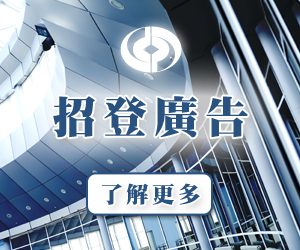Art creators are enjoying an array of novel modes of expression in recent years, thanks to the government’s endeavors to foster the development of art tech. On the other hand, the NFT blockchain technology has not only protected the intellectual property rights of artworks, but also helped creators share the economic gains from the appreciation of their works. All these are conducive to the continuous development of the culture and art industries.
Caspar Tsui: Art Tech Backed by Government on All Fronts
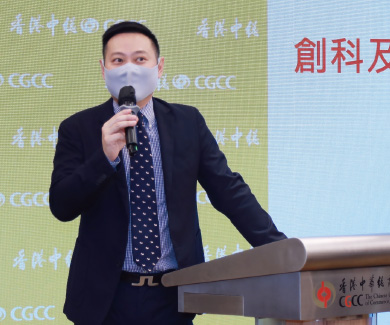
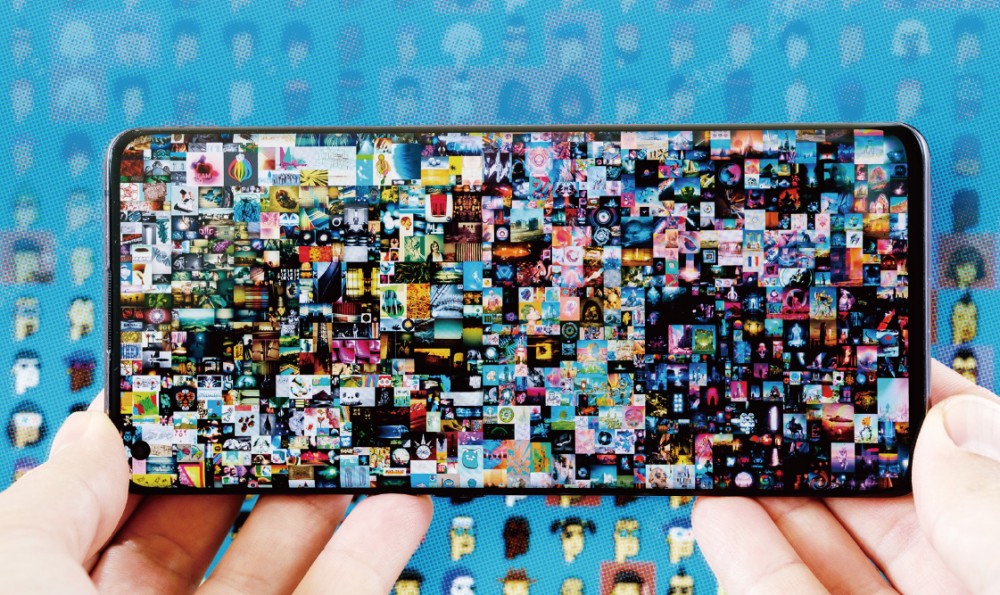 The term “art tech” can be understood as fusing technology into art creation. It facilitates the transfer of contents created in art making, as well as supports the succession of the arts. According to Caspar Tsui, Secretary for Home Affairs, the government will actively promote and support the development of art tech, as announced by the Chief Executive in her 2020 Policy Address.
The term “art tech” can be understood as fusing technology into art creation. It facilitates the transfer of contents created in art making, as well as supports the succession of the arts. According to Caspar Tsui, Secretary for Home Affairs, the government will actively promote and support the development of art tech, as announced by the Chief Executive in her 2020 Policy Address.
Tsui shared a few policy initiatives. First, the Home Affairs Bureau has taken the lead and set up a cross-departmental art tech task force. Then, a total of HKD100 million has been set aside for use by relevant policy bureaus and their respective funds and schemes, which is open for application by individuals who are keen on promoting art tech.
Task force set out to foster art tech development
Tsui commented that the task force will answer applicants’ enquiries and refer them to a suitable fund or scheme if appropriate. The task force will also consult the views of the industry and other organizations regarding its work plans in a timely manner. He added that the task force had organized an online briefing session to introduce the various funds and initiatives, explaining their objectives and application criteria. The Hong Kong Arts Development Council was also invited to brief participants on their funding schemes.
The task force is committed to grooming art tech talents. It encourages young people to take part in culture and art. Art tech-related topics are already taught at Hong Kong Academy for Performing Arts, as well as through the programs in art or creative media organized by other tertiary institutes. Tsui believed that tertiary institutes would communicate with their stakeholders from time to time to ensure the programs offered will continue to match the needs of social development.
Hardware strengthened for development
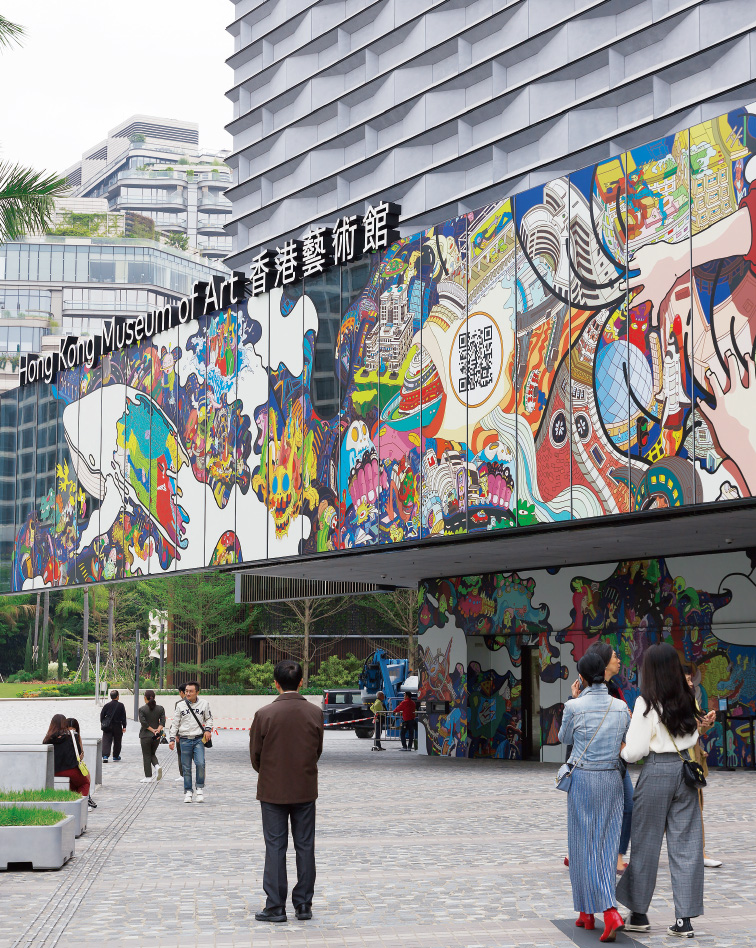 In terms of hardware, Tsui pointed out that the Leisure and Cultural Services Department (LCSD) is actively improving the hardware and amenities of their performing arts venues. Currently, 70% of art and cultural venues are equipped with optic fiber internet facilities, and venues will be gradually installed with fully remote controlled 4K video recorders, live streaming control panels, etc., such that art groups are able to integrate technology into their performances.
In terms of hardware, Tsui pointed out that the Leisure and Cultural Services Department (LCSD) is actively improving the hardware and amenities of their performing arts venues. Currently, 70% of art and cultural venues are equipped with optic fiber internet facilities, and venues will be gradually installed with fully remote controlled 4K video recorders, live streaming control panels, etc., such that art groups are able to integrate technology into their performances.
As for the East Kowloon Cultural Centre scheduled for opening in phases from 2023, Tsui described it as a major government policy initiative to support the development of art tech in Hong Kong. The East Kowloon Cultural Centre project is established to meet the new trend of integrating art and innovative technology. Thus, it envisions to work with artists, and schools of creative media and innovative technology experts to promote the development of art tech.
Enhancing industrial awareness and meeting national requirements
Speaking of enhancing industrial awareness, Tsui said that LCSD has been organizing an array of events in phases since the beginning of this year to help promote the development of art tech. It has connected the art and technology sectors to foster the application of innovative technology in art events. For example, fourteen sharing sessions of “The East Kowloon Cultural Centre x Arts Technology” were held in March and May this year at the Tsuen Wan Town Hall.
Tsui said that he noted from events that practitioners of the art and culture sectors and the innovative technology sector are both very interested in developing art tech. This shows that more interaction is needed between the two sectors. He also quoted from the “14th Five-year” Plan that Hong Kong would be supported to develop into a cultural and art exchange center between the East and the West. The government will continue to roll out various policies to achieve this goal. He looks forward to seeing Hong Kong’s art to grow globally through art tech and talent grooming.
Jacky Ho: Digital and Traditional Arts Developing Hand in Hand
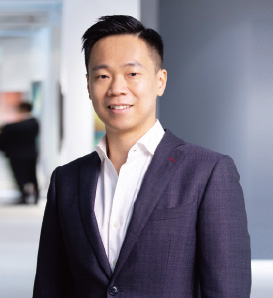
 Digital assets have sparked a frenzy among investors in recent years, with the frenzy also spread to the art world. Non-fungible tokens (NFTs) have become a new carrier of art. The most sensational example is none other than American digital artist Beeple’s work Everydays: The First 5000 Days, which was sold for HKD540 million earlier.
Digital assets have sparked a frenzy among investors in recent years, with the frenzy also spread to the art world. Non-fungible tokens (NFTs) have become a new carrier of art. The most sensational example is none other than American digital artist Beeple’s work Everydays: The First 5000 Days, which was sold for HKD540 million earlier.
Digital image sold at a sky-high price
Many people still cannot digest the idea that a jpg file could be sold at a sky-high price of over HKD500 million. Jacky Ho, Vice President and Head of Evening Sale of 20th & 21st Century Art Department, Asia Pacific at Christie’s, explained: “In fact, it’s like buying an online domain name. It’s just as perplexing as someone spending a fortune on such a vague thing a few decades ago.”
Actually, NFTs, which are encrypted tokens built on the blockchain and cannot be duplicated, can be used to mark ownership of assets. Such encrypted tokens can represent any digital assets. NFT technology can provide art creators with one more way to share their work. Art creators receive part of the proceeds each time their work is transacted, which will help support them to continue their creation work. Ho said that such a concept is now widely accepted by collectors in Asia.
Life changes and art follows
Regarding the new concept of digital art, Ho believes that as people nowadays have their mobile phones with them all the time, expressions of art should not be confined to tradition. He cited Marcel Duchamp’s iconic work Fountain in 1917 as an example. It was a porcelain urinal on which Duchamp signed “R. Mutt 1917”. “Is that a work of art? It often depends on the point of view and perspective.”
The number of live auctions has decreased as the pandemic hit. Christie’s total global turnover in 2020 was inevitably lower than the previous year. Nevertheless, like in many organizations, the pandemic has also accelerated digitalization. Ho revealed that Christie’s total online auction sales hit a record high last year and continued to increase in the first half of 2021. He added that new customers accounted for 36% in 2020, most of which came from online auctions. Among them, over 30% were young collectors 23-38 years old. “In the past, online auctions often seemed to be auxiliary in nature, but now they have become a promising auction channel.”
Collaboration with artiste raised public awareness
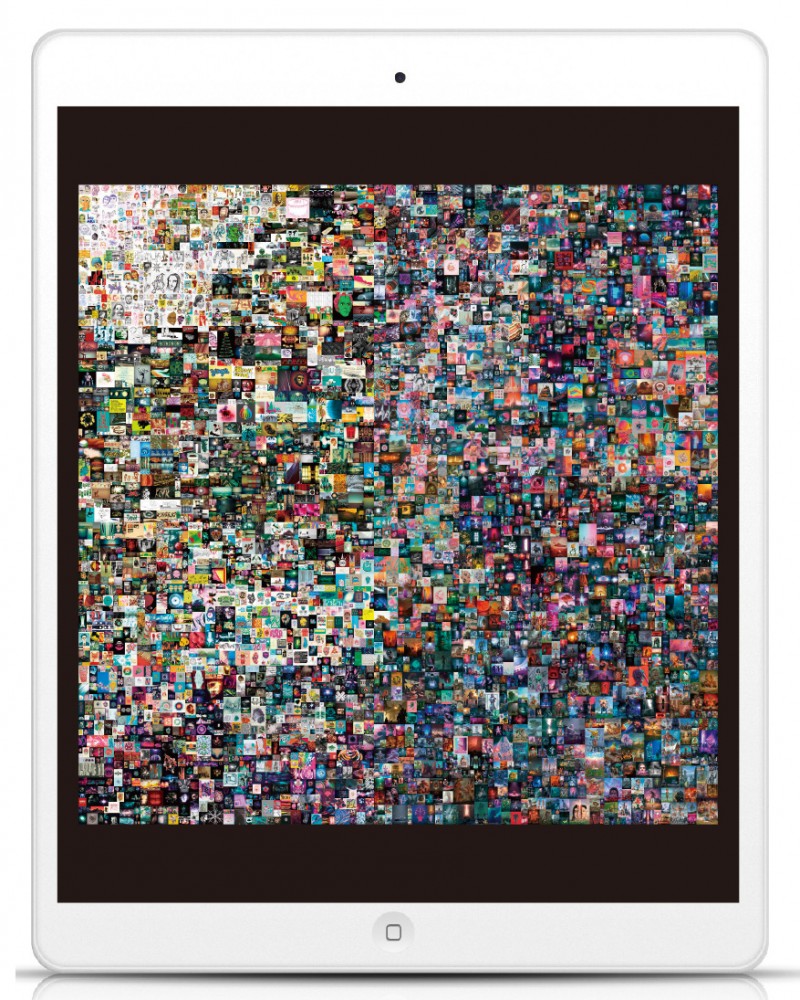 Earlier, Christie’s collaborated with Hong Kong artiste Shawn Yue to auction off his NFT encrypted art collection. According to Ho, the items selected by Yue for the auction are very rare and comparable to the top-notch art works at Christie’s traditional live evening sales. In Ho’s view, this reflects Christie’s commitment to innovation in online auctions to provide both new and experienced collectors with a wider range of collection channels and options.
Earlier, Christie’s collaborated with Hong Kong artiste Shawn Yue to auction off his NFT encrypted art collection. According to Ho, the items selected by Yue for the auction are very rare and comparable to the top-notch art works at Christie’s traditional live evening sales. In Ho’s view, this reflects Christie’s commitment to innovation in online auctions to provide both new and experienced collectors with a wider range of collection channels and options.
Ho further pointed out that NFT encrypted art can actually co-exist with traditional art. He found that while traditional art collectors are taking the initiative to get into new digital art, young collectors are also getting their hands on to more traditional art. He joked: “It’s just like people engaged in the internet field will dabble in real estate, while some real estate developers will get into the internet business.”
Henrietta Tsui-Leung: NFT to be Pushed Forward by Cryptocurrency
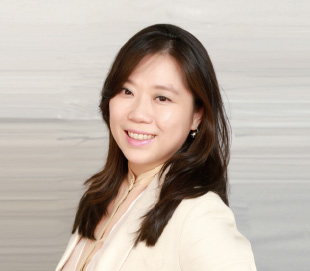
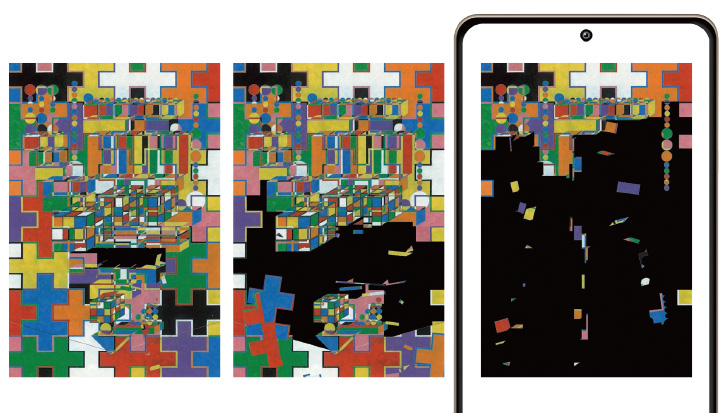 At Art Basel HK held in May, four NFT art pieces were launched by Galerie Ora-Ora for acquisition via cryptocurrency payment. The offering was a first in the local art industry.
At Art Basel HK held in May, four NFT art pieces were launched by Galerie Ora-Ora for acquisition via cryptocurrency payment. The offering was a first in the local art industry.
Ora-Ora has been embracing novel art tech. In recent years, it has also been involved with new media art projects. According to the gallery’s founder Henrietta Tsui-Leung, the rise of NFT digital art has much to do with the rave of the bitcoin and other cryptocurrencies. Many investors are purchasing virtual products to protect the value of and adding value to their wealth, which were accumulated from trading cryptocurrencies.
Water tested at Art Basel
“With NFT taking center stage, both new media artists and collectors can locate the unique token of art ownership on the blockchain upon transaction completion. In theory, when everyone knows how to use an electronic wallet, it will be very convenient to promote art collection with NFT,” said Tsui-Leung. The gallery founder understands that art development must progress with time. She has already completed a relevant doctoral program in the Mainland a few years ago, while keeping a close eye on the latest development of NFT. After studying the circumstances, she chose to test the waters at the long-standing art exhibition of Art Basel.
Tsui-Leung added that Ora-Ora had already approached Hong Kong partners who are familiar with the relevant technology 18 months before Art Basel. Eventually, the gallery worked with a Hong Kong Science and Technology Parks fintech specialist who is also interested in art tech. “In the end, we lined up Beijing-based Hong Kong artist Cindy Ng and our long-term collaborating artist Peng Jian to have four NFT pieces shown. We also put these pieces on sale at OpenSea, the largest NFT exchange platform of the world.”
Broadening clientele while managing risks
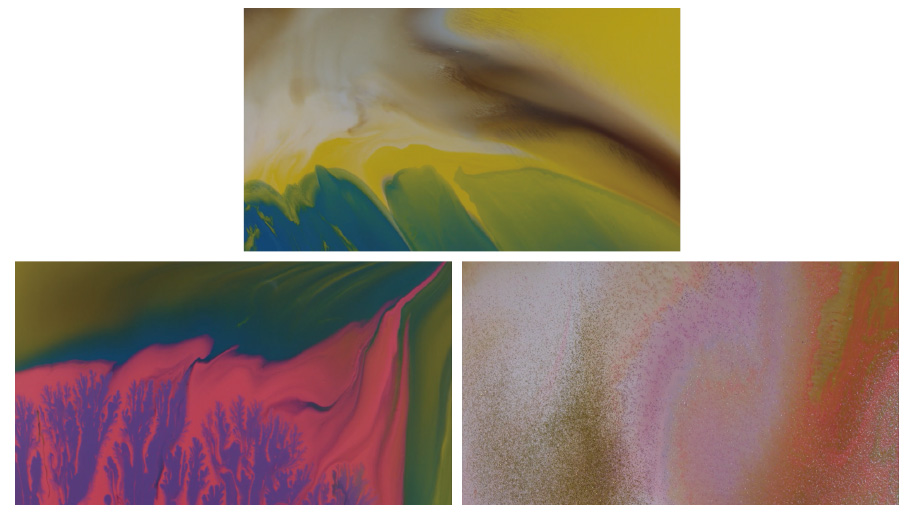 Through this NFT launch, Tsui-Leung got in touch with many cryptocurrency investors, and many of them are successful people under 30. Some other are young people who have visited the show specifically to observe and check out NFT digital art. In the end, a tangible piece by a Finnish artist was sold. The new exposure is indeed helping the gallery expand its clientele to include the younger generation.
Through this NFT launch, Tsui-Leung got in touch with many cryptocurrency investors, and many of them are successful people under 30. Some other are young people who have visited the show specifically to observe and check out NFT digital art. In the end, a tangible piece by a Finnish artist was sold. The new exposure is indeed helping the gallery expand its clientele to include the younger generation.
Tsui-Leung noted that the volatility of cryptocurrency would undoubtedly affect the price of art. This is a point that artists, collectors and even investors should understand. “At Art Basel, the value of ETH dropped more than 40% on a transaction day. A collector immediately decided to make the purchase. This told us that the volatility of cryptocurrency has its pros and cons. Thus, proper risk management is very important.”
Fostering globalization
Tsui-Leung believed that local art could ride on the huge global platform of NFT – which is able to break away from time and physical constraints – to promote itself to other regions. “We met many local young artists under 40. Some of them still think they have nothing to do with the NFT trend. They could be overlooking a huge opportunity for development.” She added that since NFT rides on crypto technology, each has its uniqueness. As long as there are contents worth collecting, the technology would be applicable. NFTs could be used as a promotional tool, or a derivative of artists. In other words, all artists can take part in it.
Tsui-Leung pointed out that the client base in auctions is especially strong, as buyers come from all walks of life. However, only a minority is collecting for the sake of collecting. Most are more concerned about long-term investment. “In the future, NFT will be one of our focal highlights. We will also continue to build on our traditional strengths in contemporary new Chinese ink and new media art. It is our goal to connect to and align with the world.”

